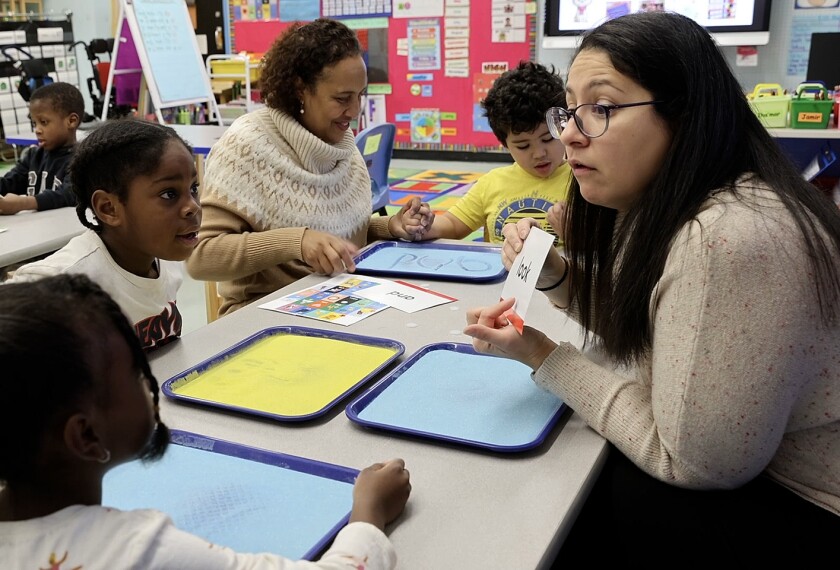More than 35 school districts have started “billing” the federal government for what they say are unfunded costs of teaching students in special education.
The districts aren’t expecting checks, said Mary Kusler, a lobbyist for the American Association of School Administrators, which is promoting the campaign. But the symbolic bills, sent to the Department of Education and congressional delegations, are intended to draw attention to the issue.
“You’ve got to find new ways to frame this debate,” she said.
In 1975, when the law now known as the Individuals with Disabilities Education Act was enacted, Congress set a goal of providing states 40 percent of the national average of per-pupil spending for special education. That percentage has never been reached. This year, the federal government estimates it will pay 19 percent of that cost, and it has set a goal of reaching 40 percent of the national average by 2011.
Ms. Kusler said she got the invoice idea from the 960-student Barrington, N.H., district. For the past three years, the district has billed the federal government for its unmet costs for special education—plus 5 percent interest. The “bill” now stands at about $2.1 million.





